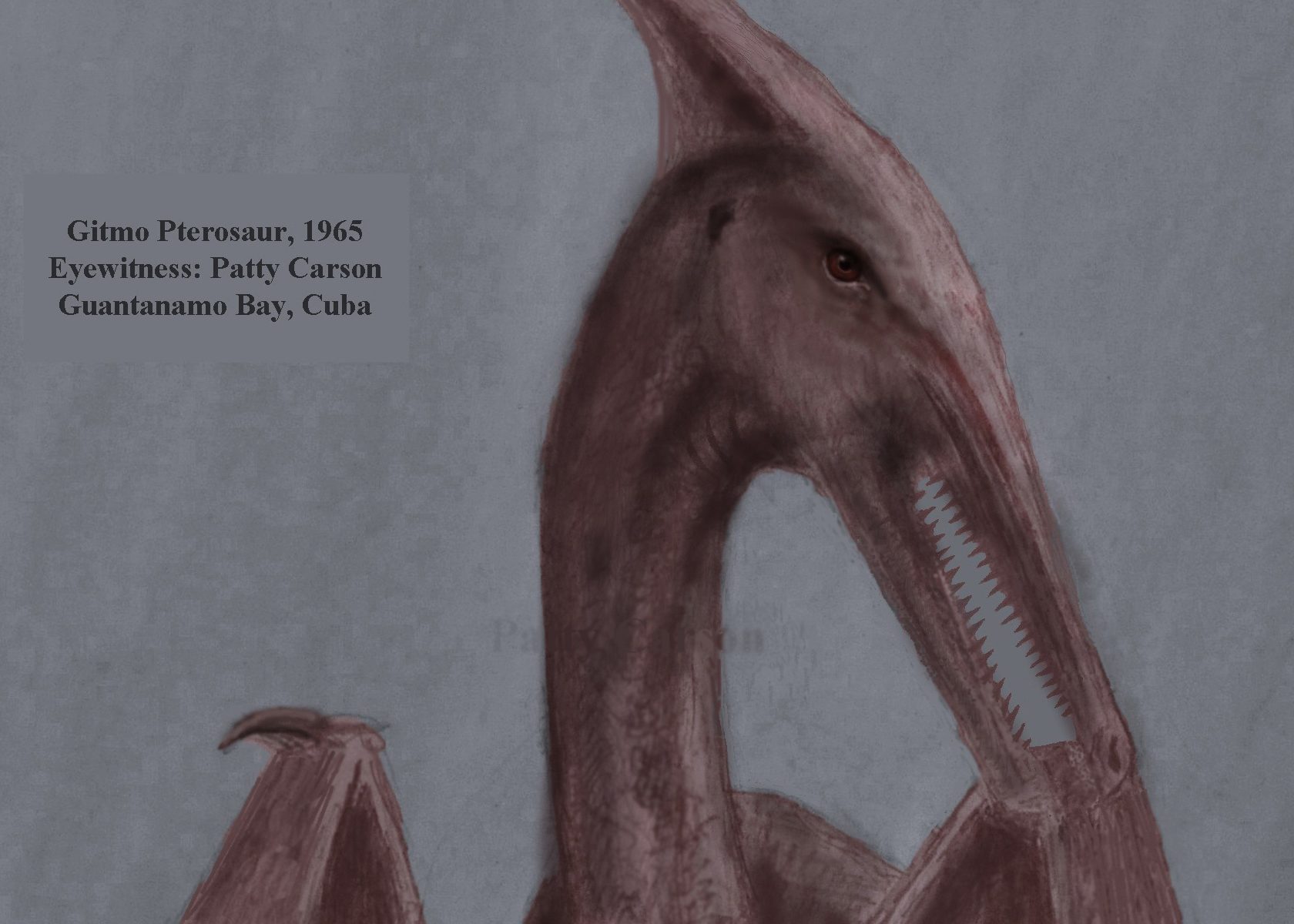By Jonathan Whitcomb
My associates and I, over the past two decades or so, have been criticized in various ways, one of them in a strawman argument something like this: “They try to disprove evolution by trying to convince people that pterodactyls are alive.” The main problem with that criticism is that it’s not usually quoting any of us but declaring what our intentions are, and critics oversimply reality.
Evolution and Neo-Darwinism
First, I recommend my Youtube video “Pterodactyl Sightings and Evolution – Part 2″ on my channel Protect Animal Life. There I explain a bit about the fallacy of lumping various concepts of biological evolution together and assuming it all means the same thing. Let’s get into that a bit deeper.
The word “star“ has various meanings and we rarely have any problem with that. But what about the word “evolution”? That’s a different matter.
In my Youtube video dated September 9, 2021, I mentioned how shooting stars are not literal stars; no problem. Yet we in Western societies are often bombarded with the word “evolution” when it refers to different things. The video presents four types of biological evolution:
- Loss of a useful organ
- Tiny change that helps in survival
- Major change in outward appearance
- Upward Evolution
An important point in the above is this: Nothing in the first three concepts gives any credibility to the fourth concept. In addition, the first three have been observed and relatively few persons dispute the details in those three concepts, but the fourth has major problems and is based upon many persons who imagine what has happened in the distant past.
Danger to Children
The reality of modern pterosaurs like the ropen—that is not just a subject for theoretical debates about evolution in the distant past but is extremely important to some cases of missing children, including possible attacks against persons in North America.
One lady has reported that she was attacked, when a preschooler, by a huge flying creature in western Oklahoma. The animal, which was covered in hair, flew down towards the girl but she ducked down to the ground and escaped, soon getting into the safety of her house. The child saw that the creature was very strange, for it had teeth in its beak. She knew that birds do not have teeth.
How can we protect children and adults from that kind of attack? We must learn the truth about these flying creatures and help others to know about the reality of ropens and similar apparent modern pterosaurs. Although it seems that only a tiny minority of modern “pterodactyls” every attack any human, that limited number of animals can be dangerous, at least on occasion.
###
.
A common criticism thrown at me and my associates relates to the age of the earth and evolution. Our critics will sometimes ridicule the idea that non-extinct pterosaurs “disprove” evolution or prove that the world is 6,000 years old. What they fail to mention, however, is that they construct a sentence or two, in their own words, as if it were our words or our precise purposes.
.
I suggest that to understand the potential danger that a few of these flying creatures may pose to children, we need to know something about modern “pterodactyls”, including the long-tailed ropen.
.
This is a well-established blog on non-extinct “pterodactyls” in our modern world, flying creatures sometimes called “dinosaur birds” or “dragons”.
.
The Quest for Discovering Modern Pterosaurs
The nonfiction book by Jonathan David Whitcomb: Searching for Ropens and Finding God (fourth edition)
.
This may be the oldest living-pterosaur site on the internet
.
Modern-Pterodactyl News (2021)
The main news for now relates to the formation of a nonprofit organization that will specialize in research into reports of non-extinct modern pterosaurs, including the long-tailed featherless ropen [Animal Discovery].
.



